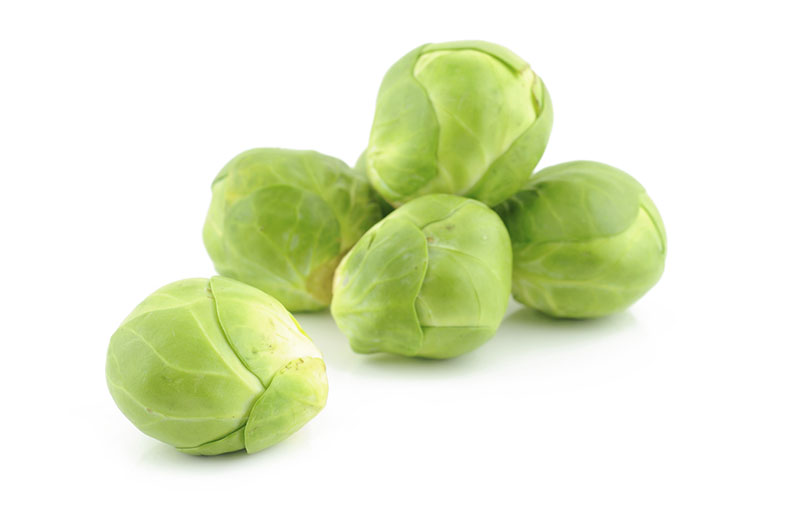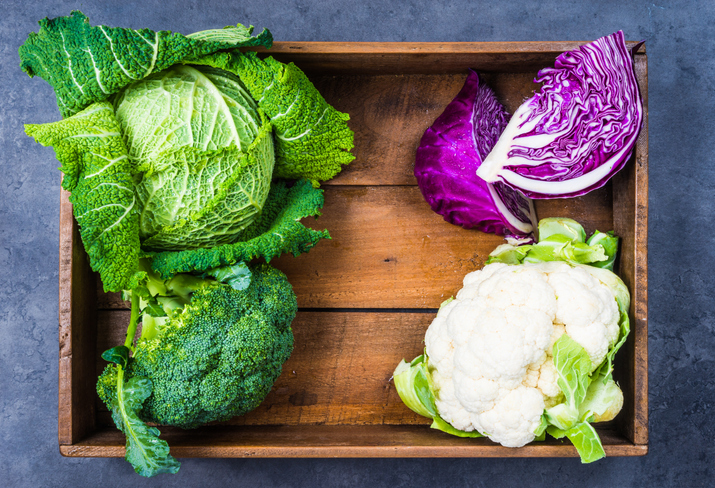Brussels Sprouts

Availability:
Year-round
Availability:
| J | F | M | A | M | J | J | A | S | O | N | D |
Notice:
on demand
Receiving/Storage:
Receiving Information: Loss of color; black speckling of leaves: Indication of age - do not hold Brussels sprouts for long periods of time - display soon after receiving. Yellowing: Indication of ethylene exposure - keep away from ethylene-producing produce and ripening rooms. Wilting: Brussels sprouts may wilt if stored in an area with low humidity - maintain a humidity level of 90-98%. Decay: Brussels sprouts may decay if they are stored at high temperatures or in an area with low air circulation. Maintain storage temperature of 32-36 degrees F/0-2 degrees C and provide adequate air circulation. Storage/Handling: Optimum Temp (F):32 - 32F 0.0 - 0.0C. Optimum Humidity:95 - 100 %. Storage Life (Days):21 - 35. Ethylene Producer: No. Ethylene Sensitive: No. Water Sprinkle: Yes. Odor Producer: No. Ripens After Harvest: No. Mist: Yes. Top Ice: Yes. Odor Sensitive: No
Description:
Brussels sprouts, are a cultivar group of Wild Cabbage cultivated for its small (typically 2.5 – 4cm, 1 – 1.5 inches diameter) leafy green buds, which resemble miniature cabbages. Usage: Best served cooked as vegetable side dish, but can also be pureed into soups or mixed into a vegetable medley. Outside Coloring: Green. Skin Texture: Smooth, glossy; similar to a cabbage. Taste: Strong taste, slightly bitter. Shape: Look like miniature cabbages. Flesh Description: Soft when cooked. Photochemical: Sulphoraphane, Indoles. Scientific Name: Brassica oleracea var. gemmifera.


